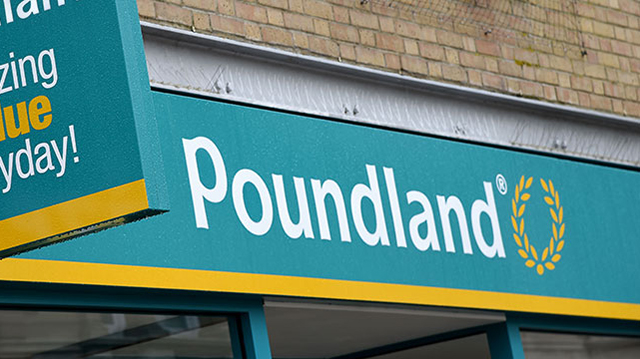The listed sector leads direct investment in real estate by six months, according to a report by the European Public Real Estate Association (EPRA).
The six–month delay, or “lag“, as the report,issued by the industry body last month,calls it, could be a causefor some hope, in the short-term at least.
The immediate performance of real estate stocks is linked to equities, and the recent recovery of the UK’s equity markets, for example, may mean that the listed sector‘s slump is near the beginning of the end investors traditionally return to the fold when they feel that things cannot get any worse. Given the six–month lag, the real estate sectorwould, it would seem, be set for the beginning of a recovery in the autumn of this year.
With the lag in mind, the report, carried outby Cohen & Steers,sets out the case for the use of the listed sector as a barometer for the performance of the direct sector.The EPRA report uses an extreme example: using aportfolio with allocations split equally between direct property and listed property is the test, EPRA looks atthe timedirect property returns hita trough, and listed returns hita peak.
Arbitraging between listed and direct investment, says the report, results in returns 655% greater than the UK market, and 500% greater than the US market. The UK listed market reaches its peak or trough six months before the direct marketthe direct market.
The listed sector can therefore be used for “tactical decisions“, such as increasing or decreasing direct property weights, or timing what the report calls “strategic allocation“to capitalise on opportune moments in the cycle.
However, there are limitations to such a tactic, such as the time and transactional costs required to make direct real estate investments. And it requiresthe ability to determine a true “turning point“in listed returns.“While the six-month lag is not a perfect rule that fits all markets, it can be used as an average indicator,” saythe authors of the report. “The lead lengths may vary, but listed returns often predict the acceleration or deceleration of direct returns well in advance.”
Of interest is the determinationof the best and worst times to have invested in direct property. According to the report, 1992 and 2004 were the ideal moments to investin the UK’s direct property sector, while 1993 and 2006 were the most opportune moments to sell.
In the long term, the performance of real estate stocks is more in line with the performance of direct real estate (unlisted open-ended and closed-ended funds). Historically, that is the case.Butthe use of leverage and non-rental income streams are reasons why, says the report, the listed and non-listed sectors can also diverge.
REITs have more in common with direct real estate in the long term, and less in common with it in the short-term. The reason for this, says the report, is that new information is priced into REIT valuations with greater efficiency than it is into direct real estate valuations.REITs offergreater transparency and quicker datatransfer than doesdirect property investment and theirliquidity favoursthe listed sector.
Property stocks, which can be bought and sold daily andcome with low minimum investment requirements and fees, areextremely liquid. In the UK REIT market in 2007, turnover of securities was around 180%. But fordirect real estate, that figure was just 8%, according to an International Property Databank sample. EPRA attributes this to the need for larger investment requirements.
While the direct market is almost eight times the size of the listed market globally, the turnover in the listed market is around 22 times the turnover in the direct market, where a low turnover results in slower movement of information.There is, however, little delay between the share price and the market value of a security, with a real-time pricing mechanism in place. Valuing direct property, however, is much less transparent becauseit is valued infrequently. True value is not determined until the property is sold.
Thisleads to the issue of volatility. Listed markets experience higher peaks and lower troughs than direct markets. This is becausethe returns of the listed property series incorporate leverage, while the direct property series does not, despite direct investors using leverage.










